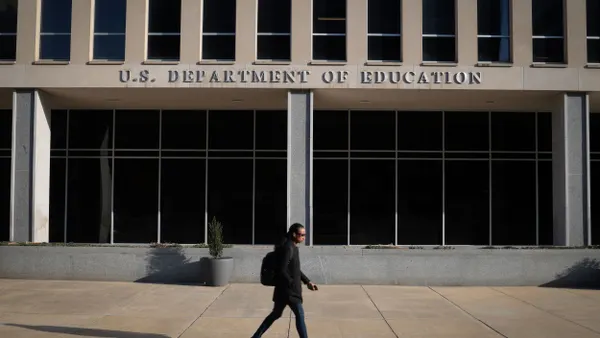As superheroes leap and bound across movie screens, the colorful pages these comic creations live in are making their way to less splashy spaces: classrooms.
Whether in elementary schools or high schools, English classes or science, graphic novels and comics are tools that can support reading skills and even embed lessons more clearly into students’ minds.
Tracy Edmunds, a curriculum specialist who has worked with groups including Reading with Pictures, Pop Culture Classroom and Junior Achievement, believes the comic medium is optimum for any class and any student. The key is making sure educators walk students through both the pictures and the words — as both are crucial to unlocking a graphic novel.
“Comics can also convey a great deal of information in a short time, while allowing the reader to control the pace of reading and re-reading,” she says. “And research shows that processing text and images together leads to better recall and transfer of learning.”
Graphic novels long ago shed their dime store past. Art Spiegelman’s “Maus” won the Pulitzer Prize in 1992. And since then, graphic novels such as Marjane Satrapi’s “Persepolis" and John Lewis, Andre Aydin, Nate Powell’s “March” series are seen by many educators and schools as pivotal works — no less important pieces of literature as “Moby Dick” and “Great Expectations.”
Sales of comic books and graphic novels seem to buoy this impression as they have been rising in recent years, enjoying a 15% uptick over the three years prior to 2017, according to NPD, a market research group.
Balancing pictures to words
In some cases, comics and graphic novels are actually more favored by curriculum specialists because of the equal balance weighted to images as to words, making them a go-to tool for educators who work with reluctant readers. And Marika McCoola notes that the medium can also work extremely well in classrooms with advanced readers as they force these students to “slow down and develop their visual as well as verbal literacy skills,” says the author and illustrator.
McCoola, who has also taught children’s literature at Skidmore College’s Education department, believes graphic novels and comics can also be an effective literacy tool for English language learners because "the images provide contextual clues while also introducing visual culture,” she says.
“For older ELL students, books such as 'The Arrival' by Shaun Tan and others have the complexity befitting a teenager or adult but without the overwhelming feeling of a wall of text,” McCoola says. “With wordless books, students can tell an instructor a story, practicing verbal skills, too.”
STEM and social studies
Edmunds says graphic novels are easily woven into curriculum — beyond English class. He’s a big fan of the Science Comics line of books which cover topics from the solar system to coral reefs, as well as the graphic novels from publisher G.T. Labs which focuses on scientists including Richard Feynman and Alan Turning.
“You can tell any type of story in any genre through comics,” he says. “You can read fantasy comics, romance comics, biography, historical fiction, nonfiction and yes, even superheroes.”
For the upcoming Boston Kids Comics Fest, McCoola crafted an eight-page booklet on how to use graphic novels and comics in classrooms. And although she’s a big fan of telling educators to head to their local comic book shops or independent bookstores, she also sends teachers online to YALSA’s Great Graphic Novels list as well as the Eisner Awards.
Ultimately she believes curriculum needs to support student learning on not just written and verbal literacy but visual literacy as well. To her, comics not only help students decipher a story — but also help them understand “sequencing,” and the order information — in this case a story — is presented.
“We live in a visual culture, bombarded with ads and content,” she says. “While students are taught to read in school, they're not often taught to read visuals. In order to prepare our students, we need to address visual literacy in addition to verbal literacy. Graphic novels and comics are one way to bring this visual literacy into the classroom.”




 Dive Awards
Dive Awards








